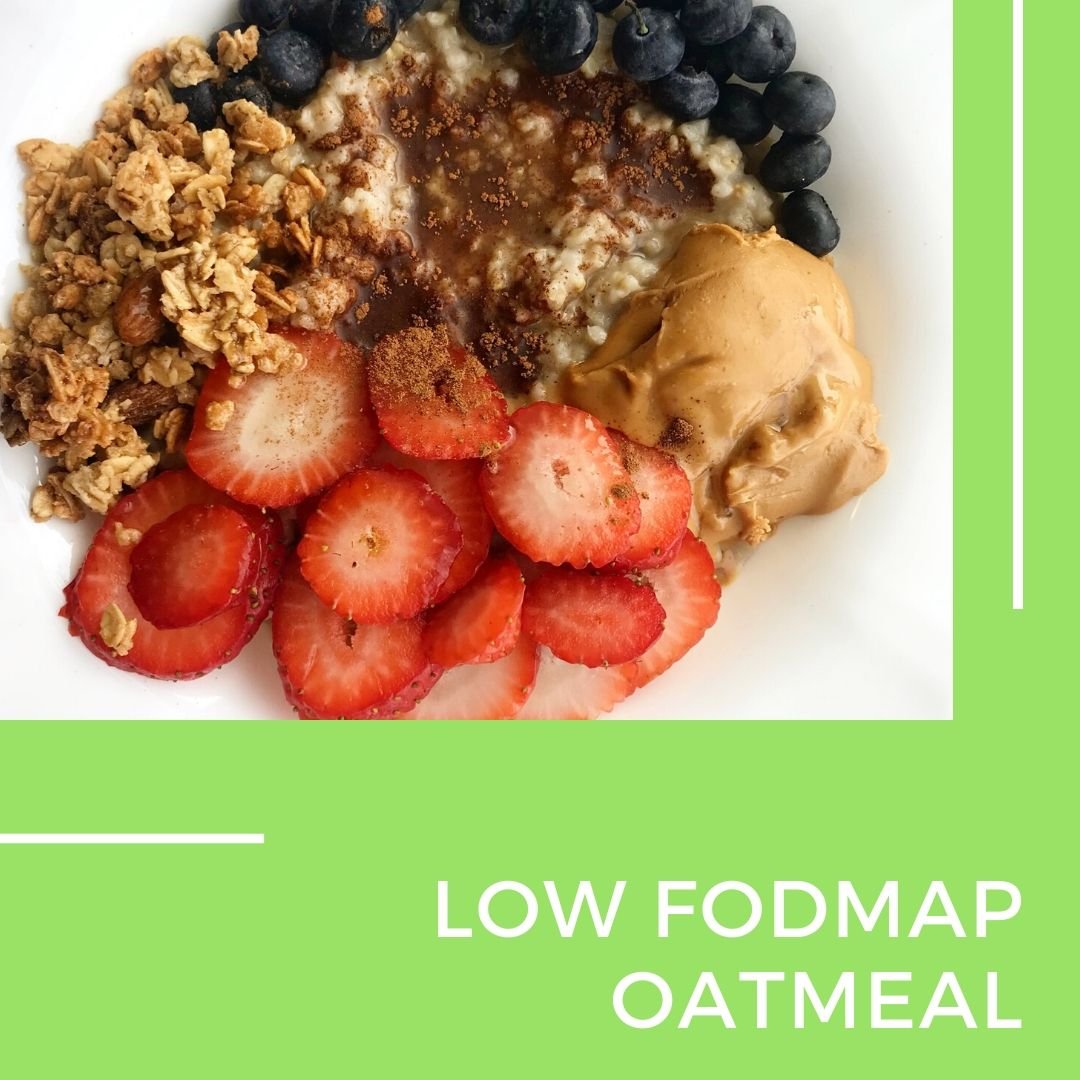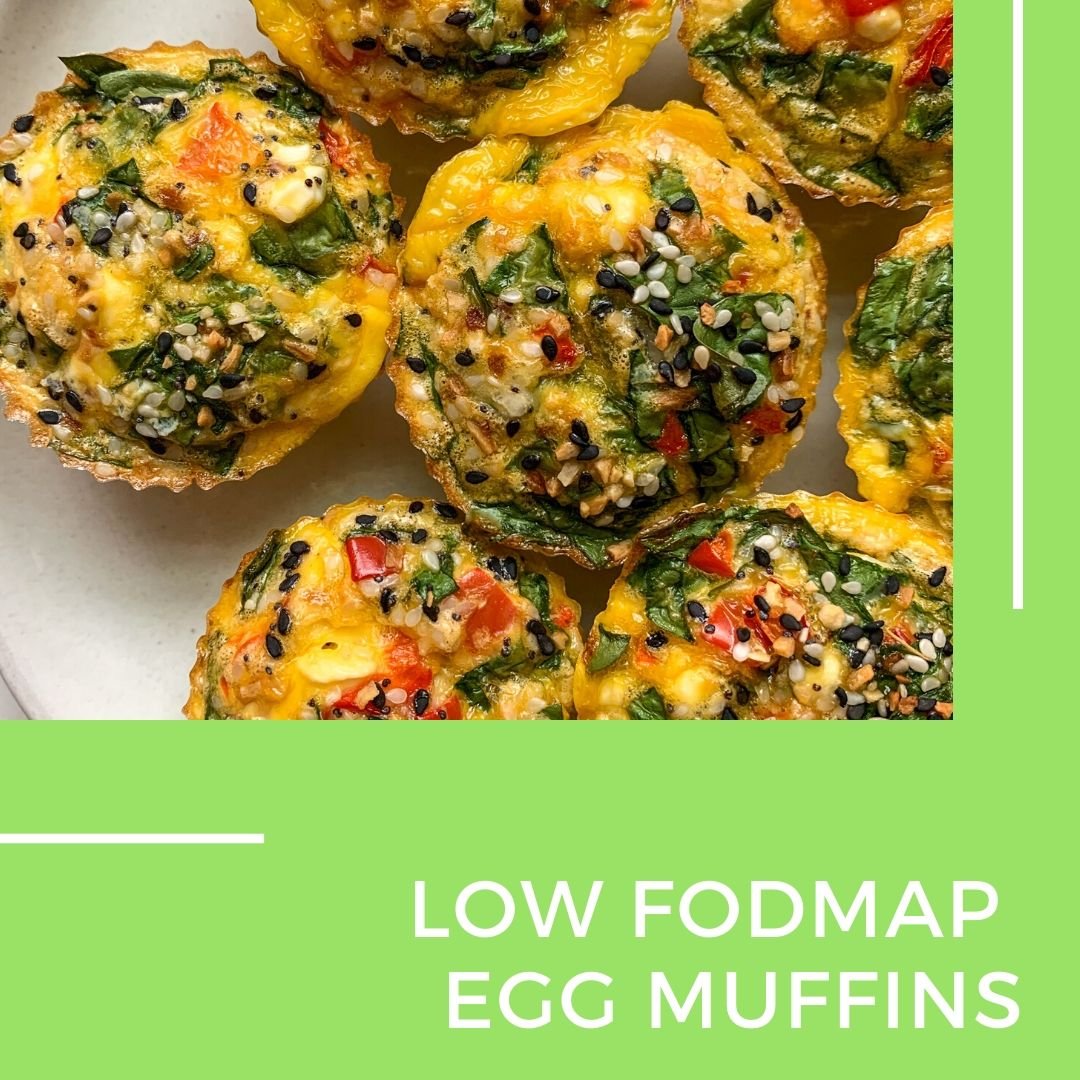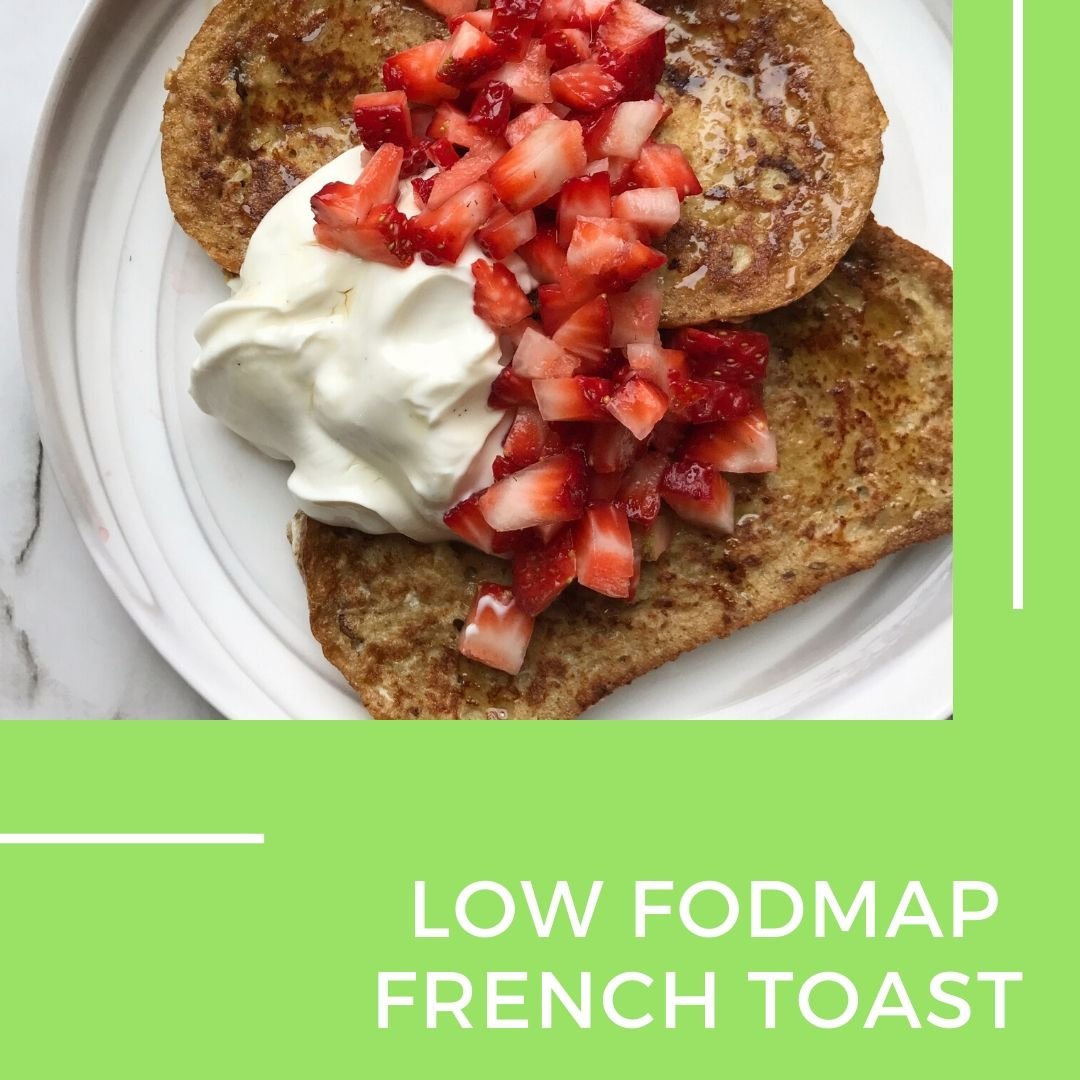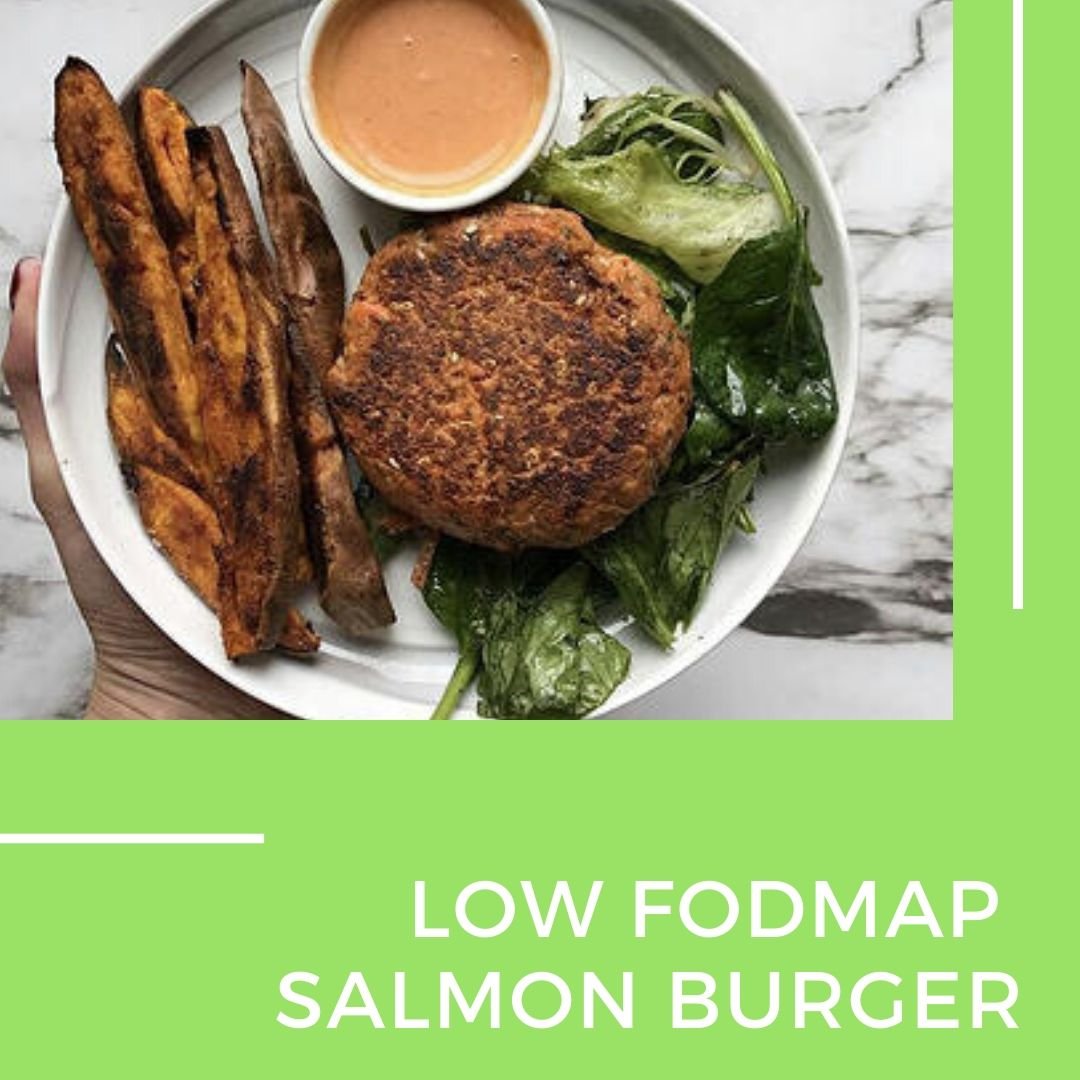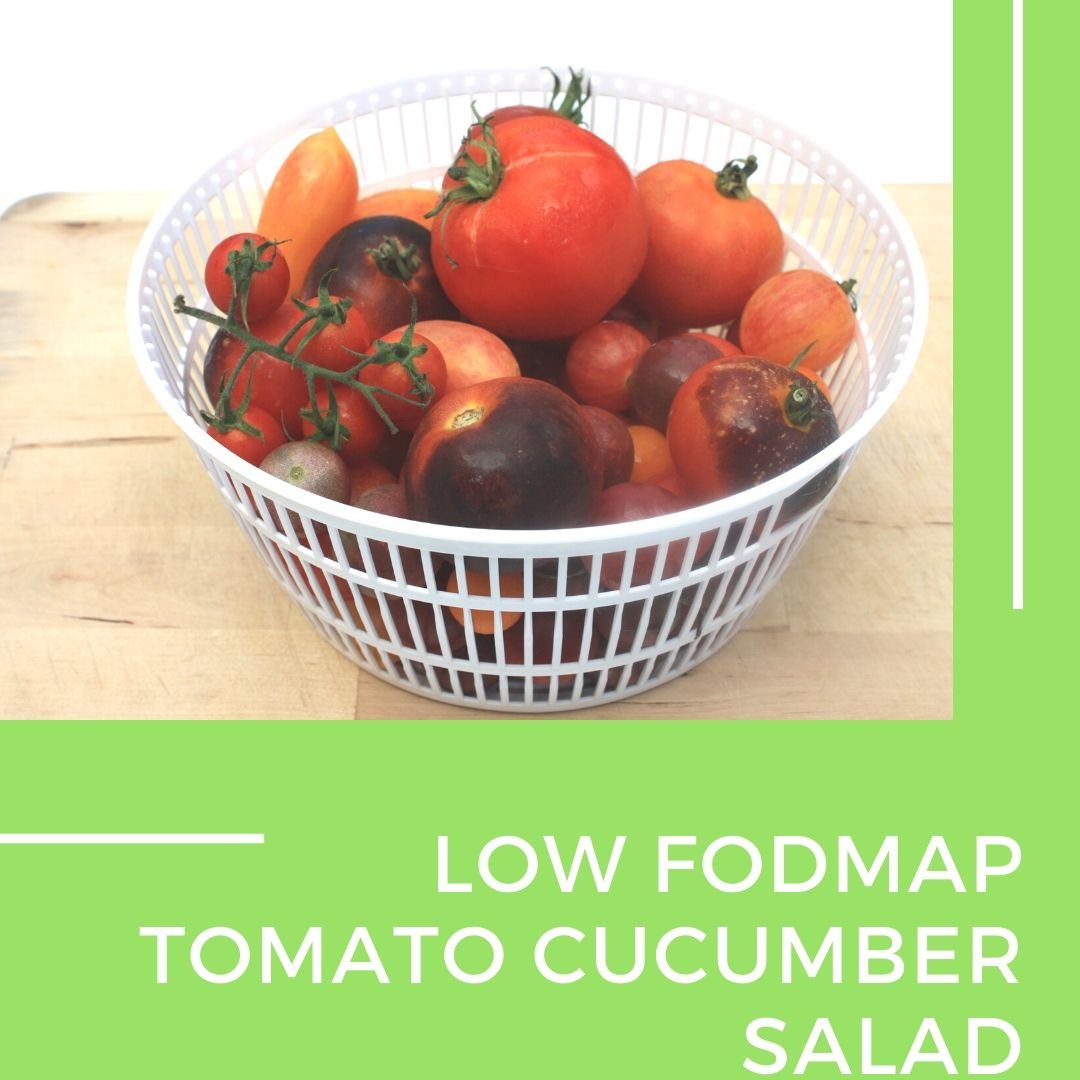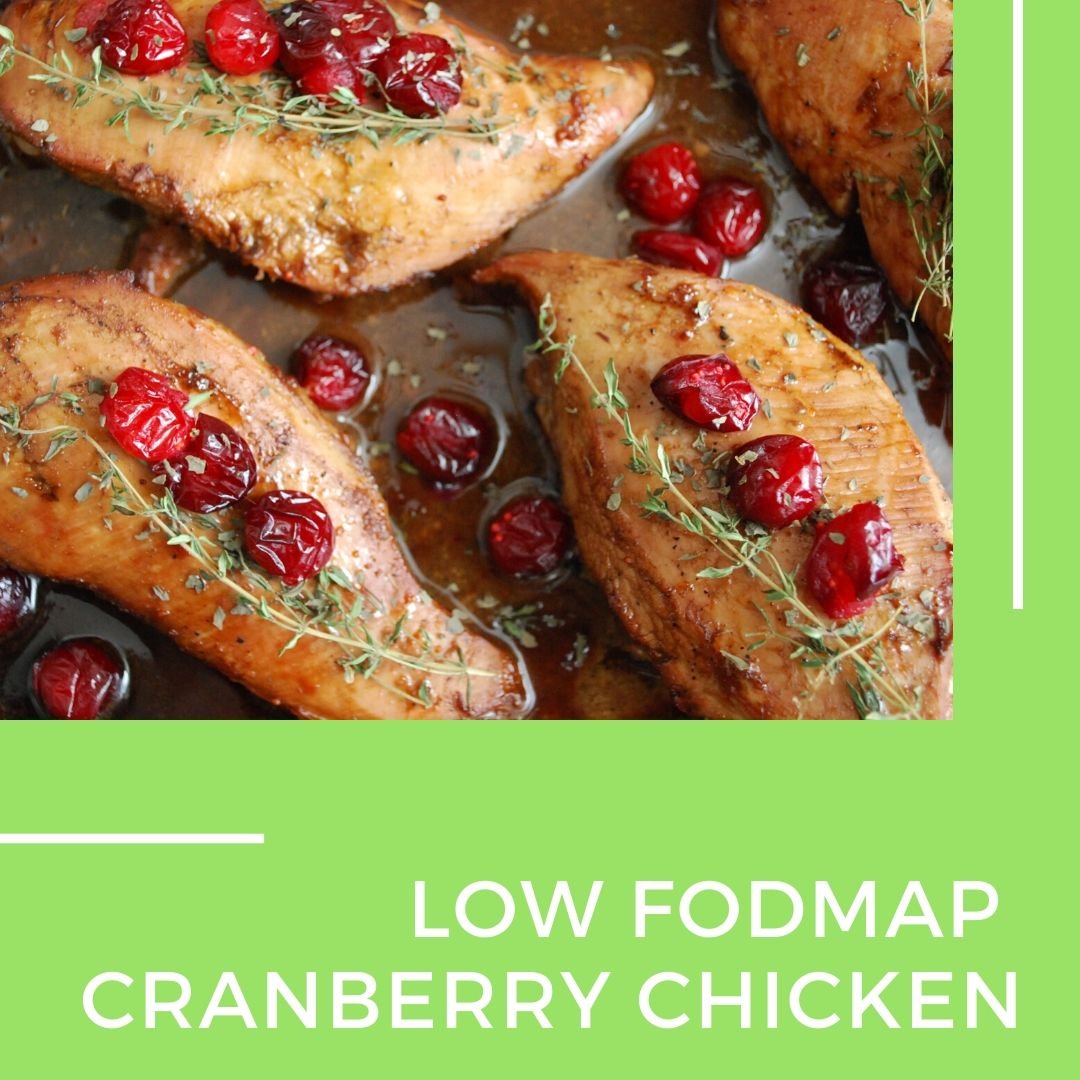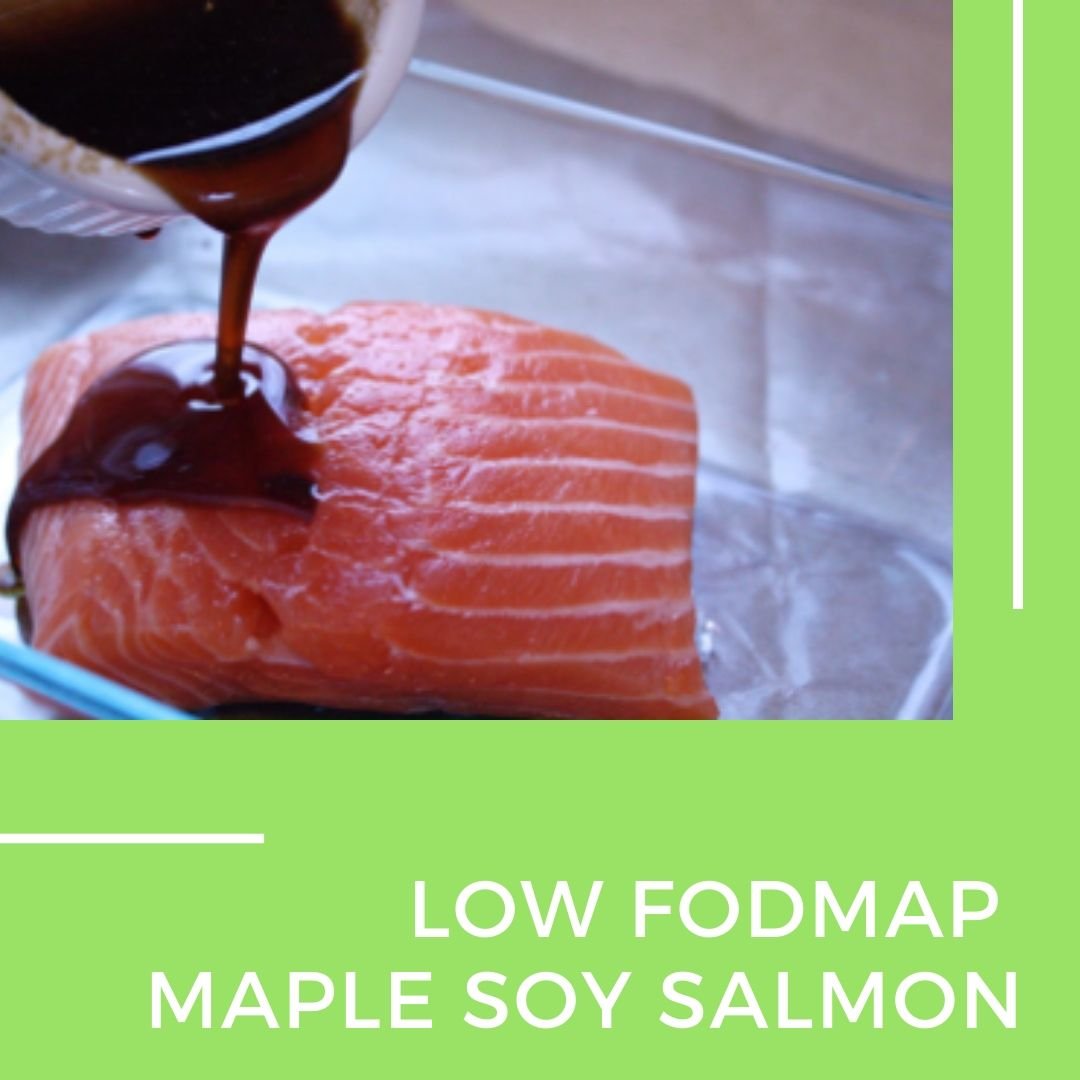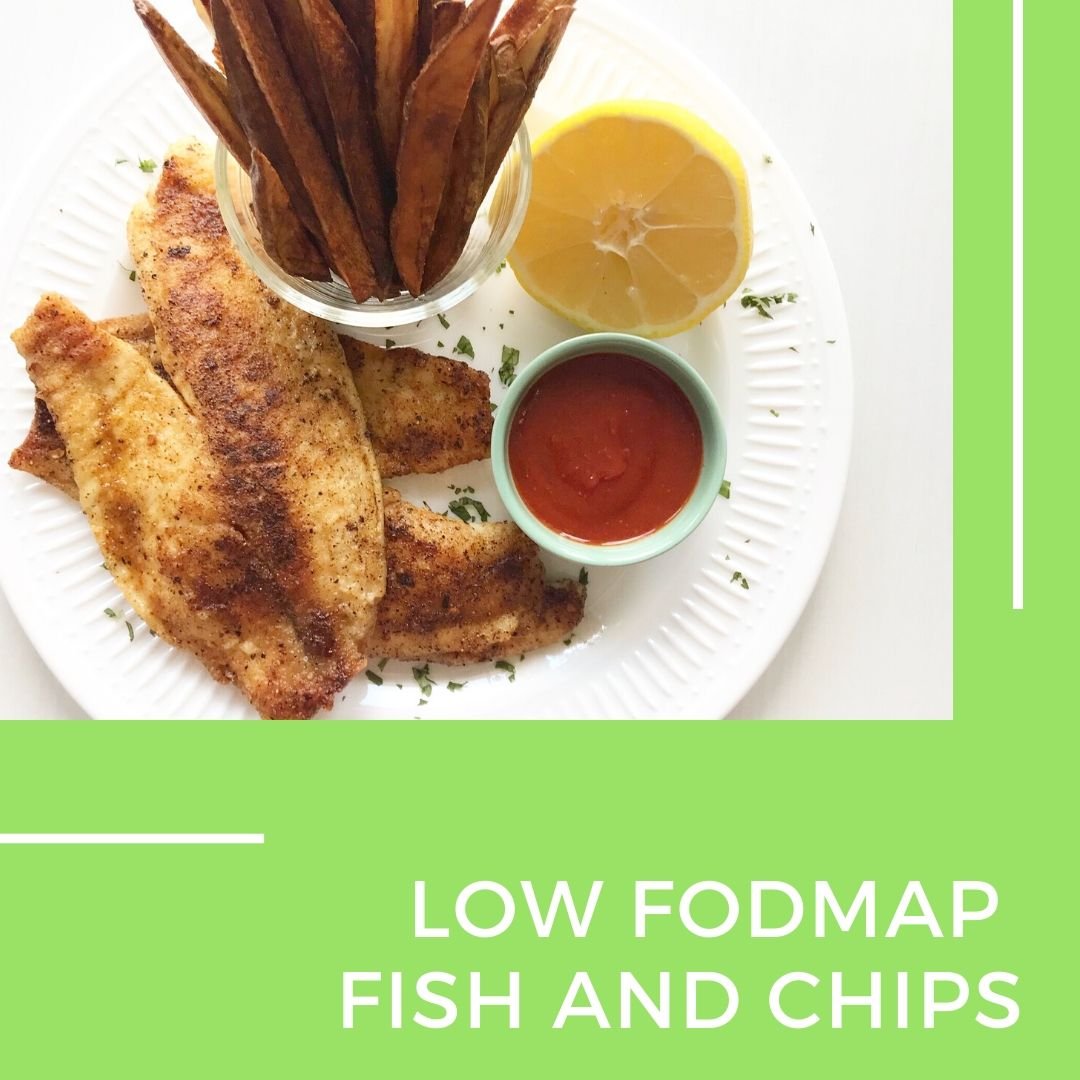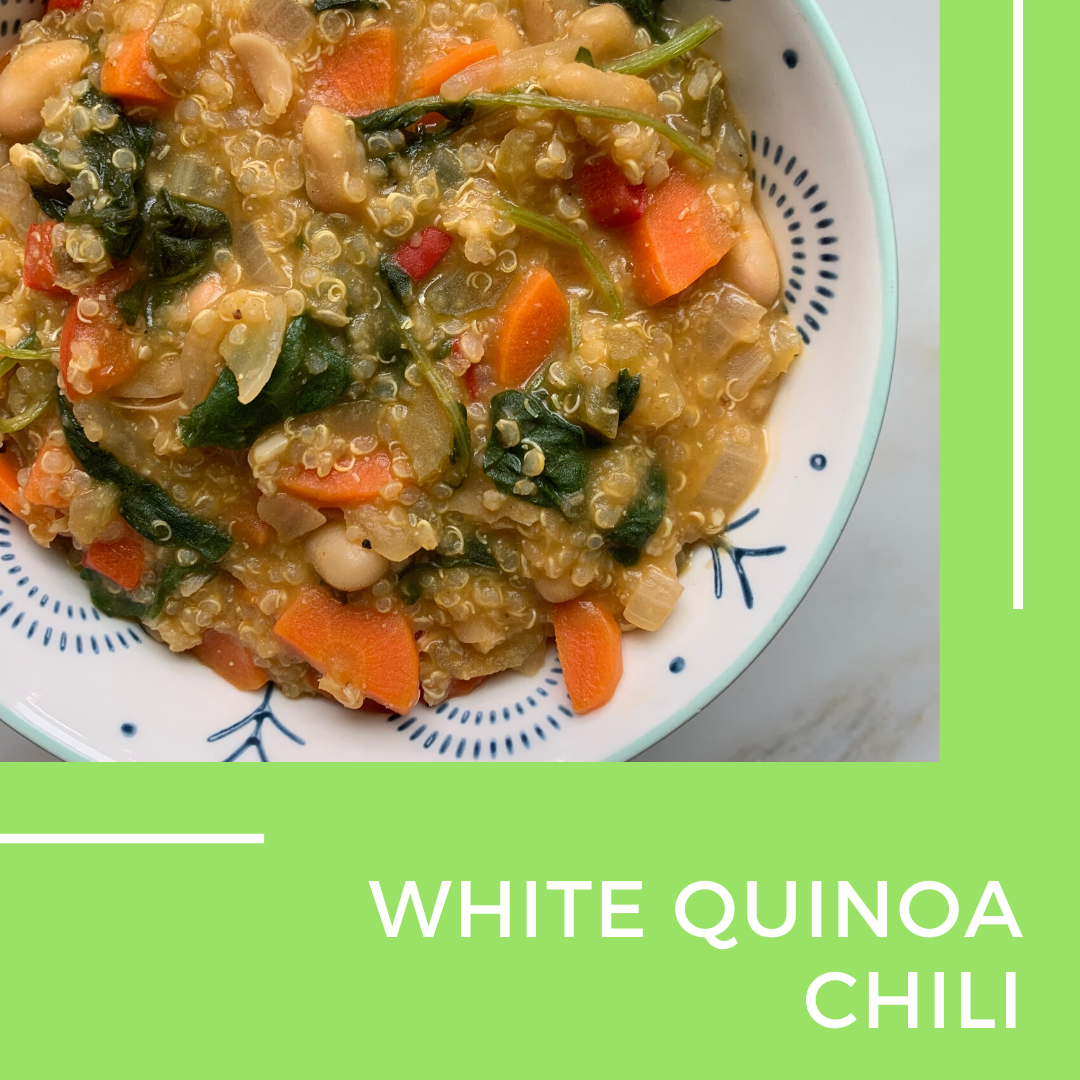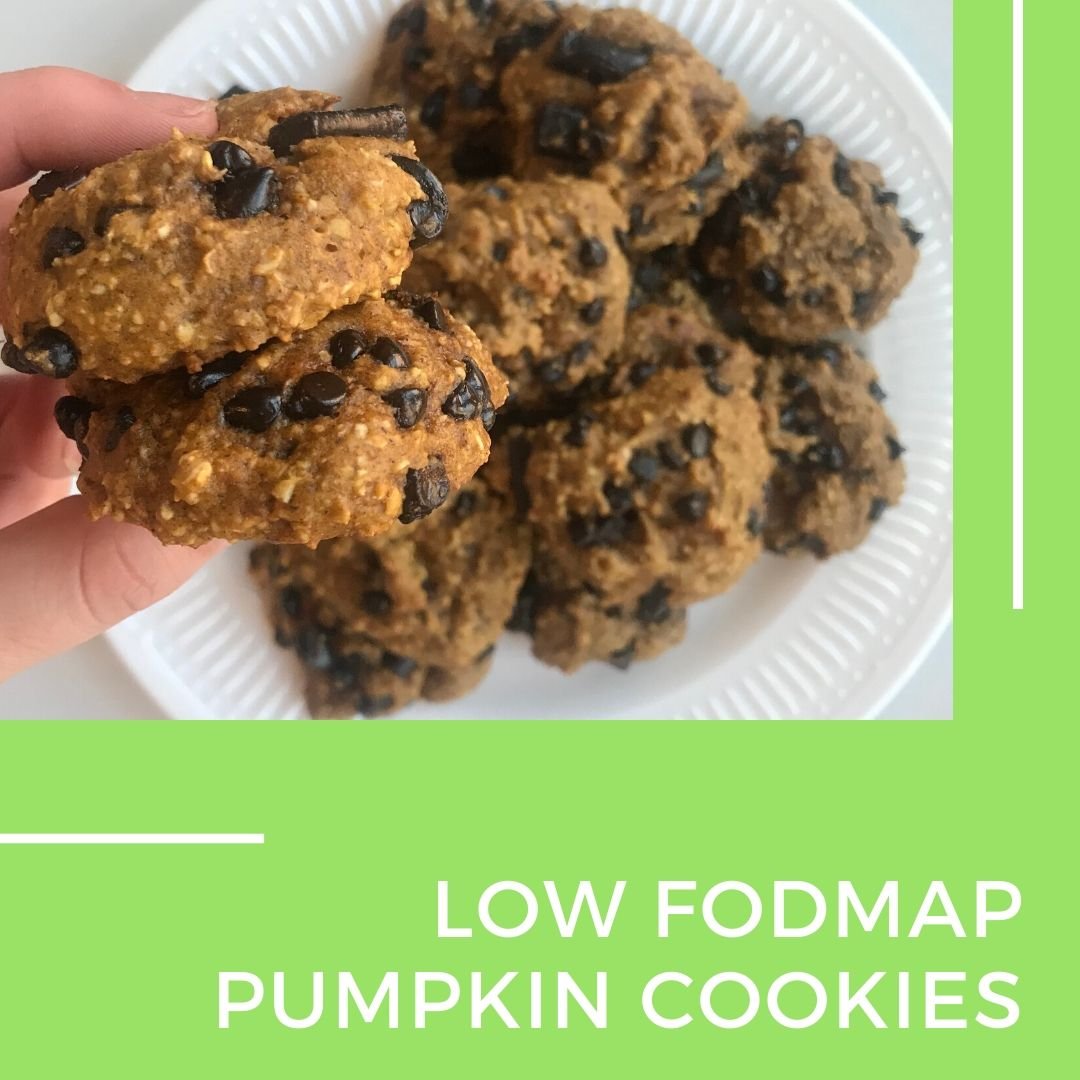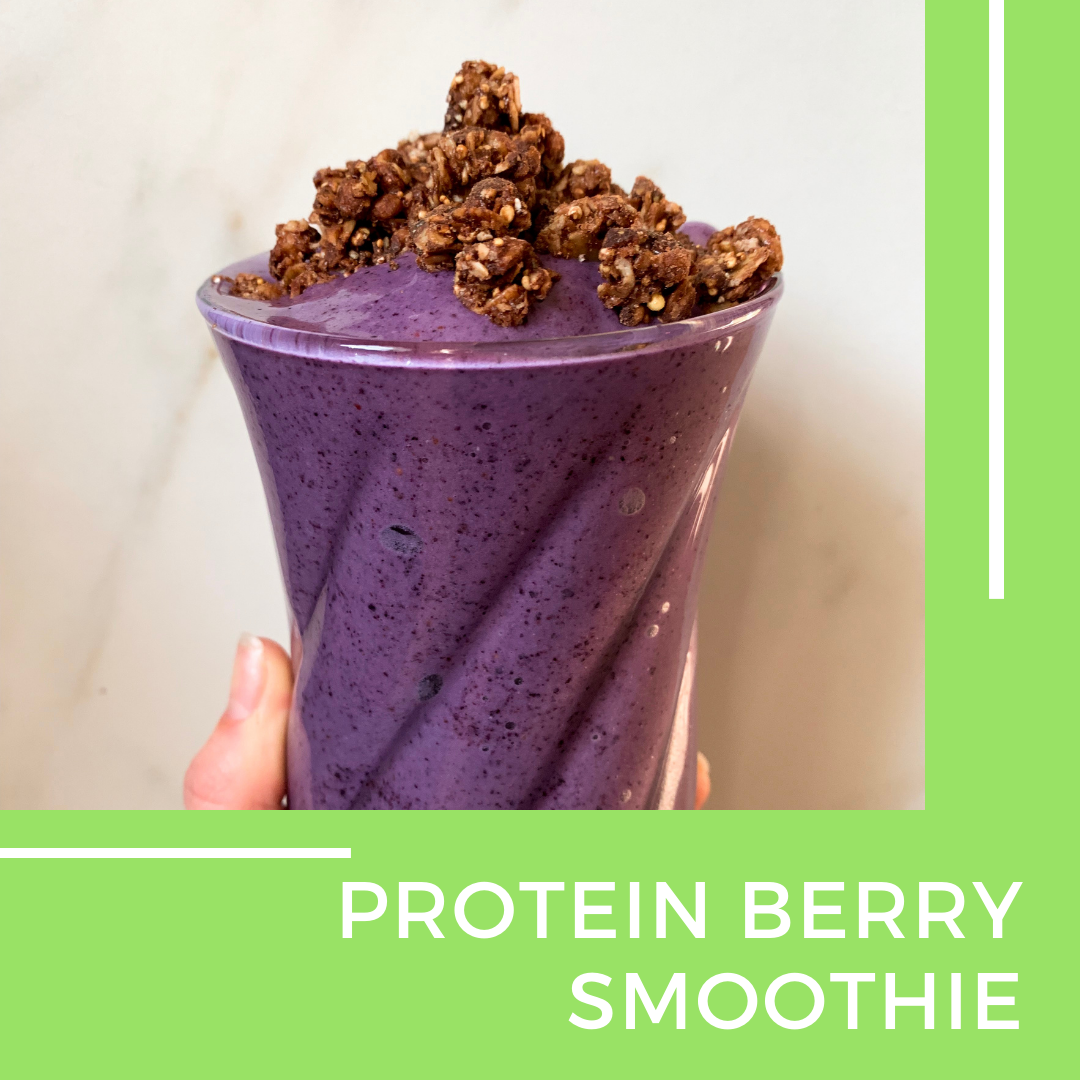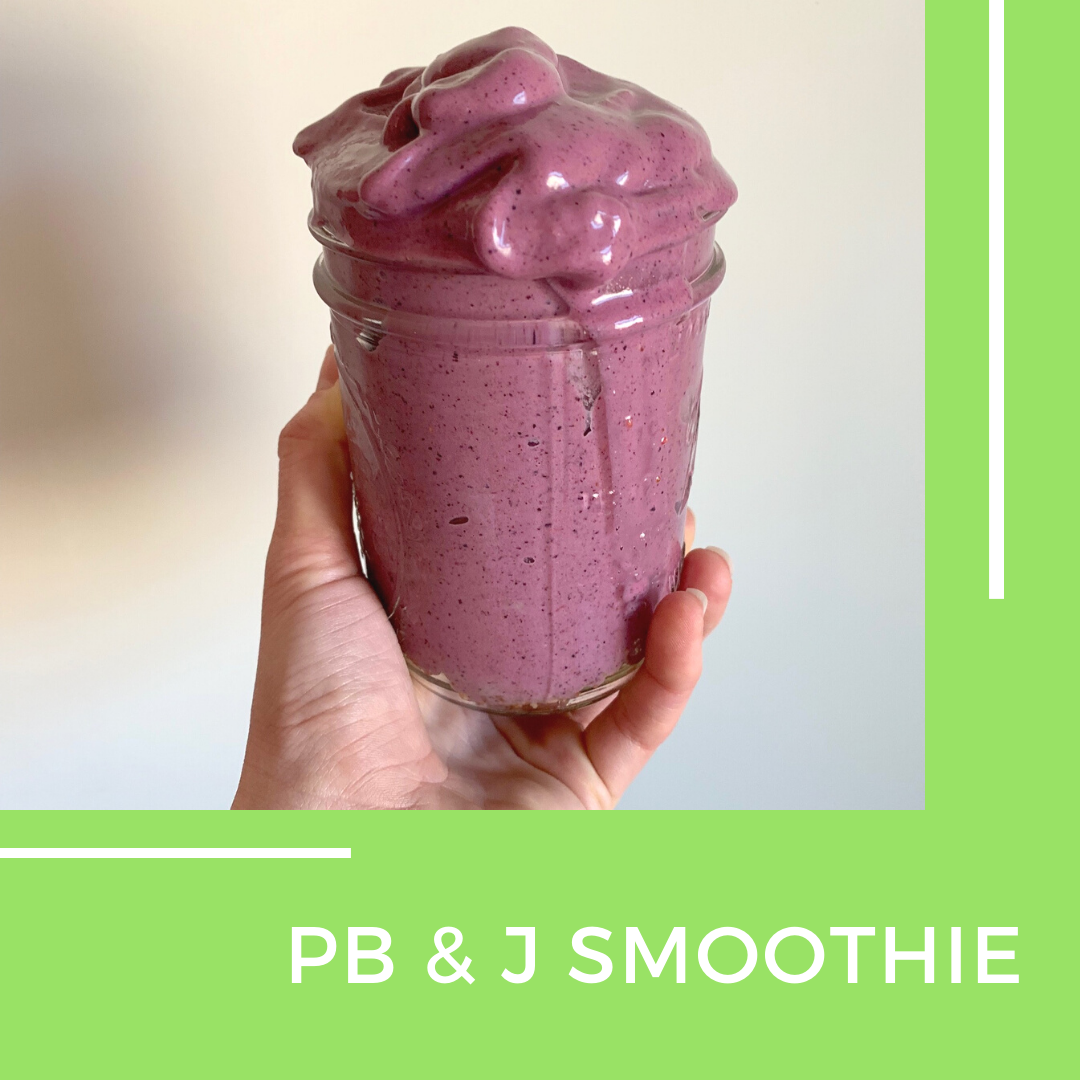Low FODMAP Diet
Everything you need to know about a low FODMAP approach to alleviating IBS and other GI conditions.
Let's Talk about FODMAPs
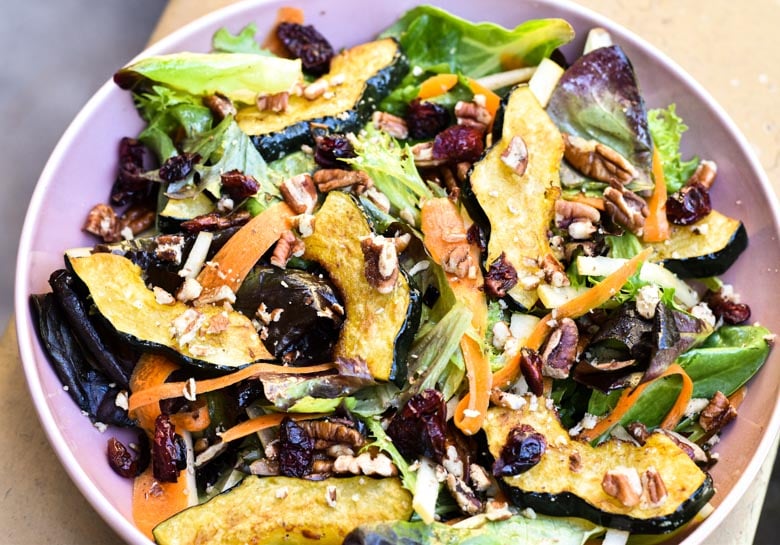
Struggling with IBS?
Download our FODMAP Foods Guide!
A low FODMAP diet can serve as the foundation of a successful IBS diet. Here we explain how a low FODMAP approach works, what foods fit within its purview, and some quick tips and meals to get on track!
Scientific studies have shown that some short-chain carbohydrates are not well-digested in the small intestine and can induce abdominal symptoms that look a lot like IBS. Scientists hypothesized that eliminating these carbs from your diet may alleviate IBS symptoms. FODMAPS include six types of short-chain carbs, with each letter representing a different carbohydrate form.
Over the past 12 years, scientists and doctors have worked to refine the definition of low FODMAP so that people can maximize the benefits from their IBS diet.
The best part of the low FODMAP approach to an IBS diet is that it can include all food groups. There are fruits, vegetables, grains, and other diverse food types that fall within the low FODMAP philosophy.
The low FODMAP diet is the new 'hot term' for people with GI conditions.
FODMAPS are carbohydrate-containing foods that can cause gastrointestinal discomfort.
A low-FODMAP diet approach can be a key part of an effective IBS Diet.
| FODMAP containing carbohydrates | Examples |
|---|---|
|
It is found in cow, sheep and goat’s milk. Researchers first discovered the linkage between lactose and GI issues in 1959. However, it took another six years before the linkage to malnutrition was fully understood. |
|
|
Naturally occurring sugar found in fruit and honey. Fructose could also be added into foods in the form of high-fructose corn syrup (HFCS) and agave syrup. A novel test in 1983 demonstrated the link between fructose mal-absorption and diarrhea. Subsequent studies showed the added effectiveness of adding a further sorbitol restriction to fructose (Study 1, Study 2, Study 3). |
|
|
Found naturally in some fruits and vegetables, and may be added to sugar free gums, mints and some medicines. Polys also appear on nutrition labels in the form of additives, which are listed below, so make sure to read food labels! The Turku studies first established the linkage between polyols and IBS. |
|
|
Found in wheat, rye and barley, Fructans contribute the most foods to the high-FODMAP list. Research breakthroughs in the mid 2000s helped scientists better understand the influence of fructans on IBS. |
|
How does the low FODMAP approach fit into a broader, succesful IBS Diet?
For a long time, patients have recognized that certain foods can trigger gastrointestinal symptoms (including flatulence, diarrhea, abdominal bloating, and discomfort). Recognized food “culprits” have included milk and other dairy products, legumes and pulses, cruciferous vegetables, some fruits, and grains (especially wheat and rye). Many of these foods are known as “gas‐producing foods” and were recommended to be avoided in situations of excessive flatulence and bloating. However, such foods were in lists without any linking of common components. Consequently, dietary advice pertaining to such foods was haphazard and without structure. Over the last five decades, however, advances in science and technology have allowed researchers to recognize that the food components that are present in such foods that may be responsible for these effects can be recognized.
Like many digestive issues, everything starts in the intestines. Because high-FODMAP foods are difficult to digest, the bacteria in both your small and large intestine begin to ferment them. While this is completely normal, the fermentation process can cause gas. FODMAPs may also draw water into your digestive system, which can lead to bloating.
The FODMAP approach for an IBS diet has gained traction in both academia and with practitioners. Although its roots date back to the 1960s, researchers had not isolated the the impact of high FODMAP foods in blind studies until the early 2000s. A top-down approach using physiological markers helped researchers identify the full range of 'FODMAP' foods. This foundation helped identify its efficacy as a treatment option for Crohn's disese in addition to IBS. The Low FODMAP Diet has caught on for multiple reasons:
- It is backed by a multitude of scientific research
- Its mechanisms are well documented in cited academic studies
- It is rather straightforward and easy to follow
- It aligns with dietary principles
- It is safe
Since IBS symptoms and manifestation differ so vastly from person to person, the trick to providing relief from this condition involves identifying what specifically triggers your IBS. The FODMAP approach allows you to do just that. The first step to the FODMAP diet is an elimination phase, in which you completely avoid FODMAP containing foods. The second step is to slowly reintroduce FODMAP containing foods one at a time to identify which foods exacerbate IBS symptoms. Identifying which foods affect you and your IBS can provide relief from your IBS symptoms and allow you to have more control over your condition.
Low FODMAP vs High FODMAP Foods
Following a low FODMAP diet can be tricky at times. The diet entails eliminating high FODMAP foods and then eventually working to add them back in one at a time to identify IBS triggers. The first 2-4 weeks are known as the elimination phase. The following 4-8 weeks are used to add previously eliminated foods back into the broader GI or IBS Diet.
Examples of low FODMAP foods:
| Low FODMAP Fruits | Blueberries, strawberries, oranges, grapes |
| Low FODMAP Vegetables | Broccoli heads, carrots, cucumbers, eggplant, alfalfa, bean sprouts, green beans, bok choy, bamboo shoots, ginger, olives, parsnips, potatoes, turnips, capsicum (bell pepper), chives, fresh herbs, choy sum, cucumber, lettuce, tomato, zucchini, the green parts of leeks and spring onions |
| Low FODMAP Grains/Starch | Rice, rice bran, quinoa, oats, oat bran, sweet potatoes, corn flour, sourdough spelt bread, gluten-free bread/pasta (gluten is not a FODMAP, however, many products that are gluten-free are also low FODMAP) |
| Low FODMAP Protein | Eggs, chicken, turkey, fish, tofu, tempeh, beef, pork |
| Low FODMAP Dairy | Small portions of hard cheese and lactose free dairy products (some other cheeses that may be tolerable: brie, camembert, and feta |
| Low FODMAP Fats | Olive oil, ghee, almonds, macadamia nuts, peanuts, pine nuts, and pumpkin seeds |
Examples of high FODMAP foods:
| High FODMAP Fruit | Apple, peaches, pears, apricots, avocado, bananas, blackberries, black currants, boysenberry, cherries, currants, custard apple, dates, figs, goji berries, mango, nectarines, paw paw, peaches, pears, persimmon, pineapple, plums, pomegranate, figs, prunes, raisins, canned fruit, watermelon |
| High FODMAP Vegetables | Asparagus, cauliflower, onions, snow peas, artichoke, baked beans, beetroot, black eyed peas, butter beans, cassava, celery, garlic, fermented cabbage, leeks, mung beans, mushrooms, peas, sugar snap peas, pickled vegetables, soy beans, split peas, scallions, shallots |
| High FODMAP Grains/Starch | Wheat containing products (biscuits, wheat bread, breadcrumbs, cakes, cereal bars, croissants, crumpets, egg noodles, muffins, pastries, wheat pasta, udon noodles, wheat bran, wheat cereals, wheat flour, wheat germ, wheat noodles, wheat rolls), almond meal, amaranth flour, barley, bran cereals, breads (multigrain bread, naan, oat bread, pumpernickel bread, rotis, sourdough), chestnut flour, cous cous, einkorn flour, freekeh, gnocchi, granola bars, muesli, rye, semolina, and spelt flour |
| High FODMAP Protein | Fried protein, processed deli meats, chroizo, sausages |
| High FODMAP Dairy | Soft cheese, buttermilk, cream cheese, halloumi, ricotta, cream, custard, gelato, ice cream, kefir, yogurt, milk (cow's milk, goat's milk, evaporated milk, sheep's milk), and sour cream |
| High FODMAP Beans | Baked beans, broad beans, butter beans, haricot beans, kidney beans, lima beans, red kidney beans, and soy beans |
So how long do I follow a low FODMAP Diet?

The low FODMAP diet consists of three phases: elimination, reintroduction and personalization.
- Elimination phase - All high FODMAP foods should be eliminated. The length of this phase is generally 2 weeks but could be longer if you experience more severe gastrointestinal discomfort. The general recommendation is to follow this phase of the diet until you experience no IBS-related symptoms, which varies from person to person.
- Reintroduction: This phase usually occurs around week 3 and can last 4-6 weeks. One food at a time is slowly added back into your diet in small amounts and slowly increased. If there are no accompanying gastrointestinal symptoms the food is allowed back in your diet. You would continue moving through FODMAP-containing foods one by one until you are able to identify which foods specifically trigger YOUR IBS symptoms.
- Personalization: Once you generate a list of which foods are acceptable and which ones trigger IBS symptoms, a meal plan should be formulated. Your meal plan should be balanced and contain a wide variety of food groups and nutrients. The amount of foods tolerated by each person with IBS varies greatly. You may be able to tolerate the majority of FODMAP-containing foods, none at all, or any amount in between. The only way to find out is to give it a try! Your personalized meal plan, if followed, will help to control IBS symptoms.
Additionally, don't forget that the goal is not to eliminate FODMAPS entirely. Many healthy, nutritious foods contain FODMAPS. Sometimes, eliminating higher FODMAP foods leads to deficiencies in fiber, protein, and vitamins A, C, and D. For this reason, we highly recommend working with a Registered Dietitian / Nutritionist if you decide to implement a low FODMAP diet for IBS.
Read more about the Low FODMAP IBS elmination diet here!
Low FODMAP Breakfast
Okay, so it's 6AM on your first day implementing a Low FODMAP diet. You've showered, gotten dressed, and now you are down in the kitchen. What do you do next? We love breakfast because you can enjoy food from each food group: Low FODMAP fruits, Low FODMAP veggies, and various dairy and starch options with enough variety to keep things interesting. Fortunately, there are plenty of options when it comes to a nutrient-dense low FODMAP breakfast.
Low FODMAP Cereal
For all you grain lovers out there, there are even Low FODMAP cereals to satisfy your craving! Below are our favorite cereal picks for people looking to manage their IBS:
- Barbara's Bakery Original Puffins
- Bob's Red Mill Organic Creamy Buckwheat Hot Cereal
- One Degree Organic Foods Sprouted Oat Quinoa Cacao Granola
- General Mills Rice chex
- Kellog's Corn Flakes
Click HERE for even more Low FODMAP Breakfast ideas
Low FODMAP Lunch Recipes
You made it through breakfast! Now, what can you make for lunch that won't send you running to the restroom during your afternoon meeting? Just like breakfast, we want to make sure we are fueling our bodies properly, while also avoiding any IBS flare-ups. Thankfully we have hand-picked a few recipes that will keep your belly happy and full! Here are some of our favorite recipes for a low FODMAP lunch.
Click HERE for even more Low FODMAP Lunch ideas
Low FODMAP Dinner Recipes
Success! You've made it through breakfast and lunch without your IBS ruining your day. Now, what to eat for dinner... You need something that is going to wrap up your day of healthy, low FODMAP meals, but also taste good! The good news is, you don't need to go combing through the depths of the internet to find a good recipe because we've done it for you! Check out these low FODMAP dinner recipes:
Click HERE for even more Low FODMAP Dinner ideas
Low FODMAP Dessert Recipes
So you love dessert... but your IBS doesn't. Wouldn't it be nice if you could just enjoy that cake on your birthday or just have a little something sweet after dinner without it backfiring? Well, now you can! These low FODMAP desserts will satisfy any sweet tooth and keep your IBS symptoms under control. Check out the recipes we've hand-selected for you below:
So how about some low FODMAP diet recipes created and tested by our nutritionists?
Get cooking with some delicious OnPoint recipes
The low FODMAP diet can feel overwhelming or impossible when you're first starting out. It's recommended to work closely with a registered dietitian to correctly eliminate trigger foods. If you’re not sure you want to commit to following the low FODMAP diet 100%, you can start by adding in a few FODMAP friendly recipes into your routine.
Low FODMAP Shrimp and Veggie Spaghetti
Low FODMAP Lemon Pepper Chicken
Low FODMAP Chicken Sausage Bowl
Low FODMAP Tomato Cucumber Salad
Low FODMAP Cucumber Salad
Low FODMAP Banana Pancakes
Low FODMAP Smoothie
Questions? Contact Us!
“My team and I would be honored to be part of your health journey! Our priority is your health and happiness; no goal is too big or too small. We look forward to working with you soon!”



